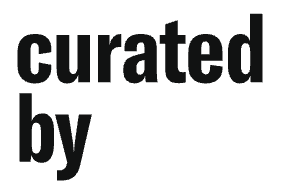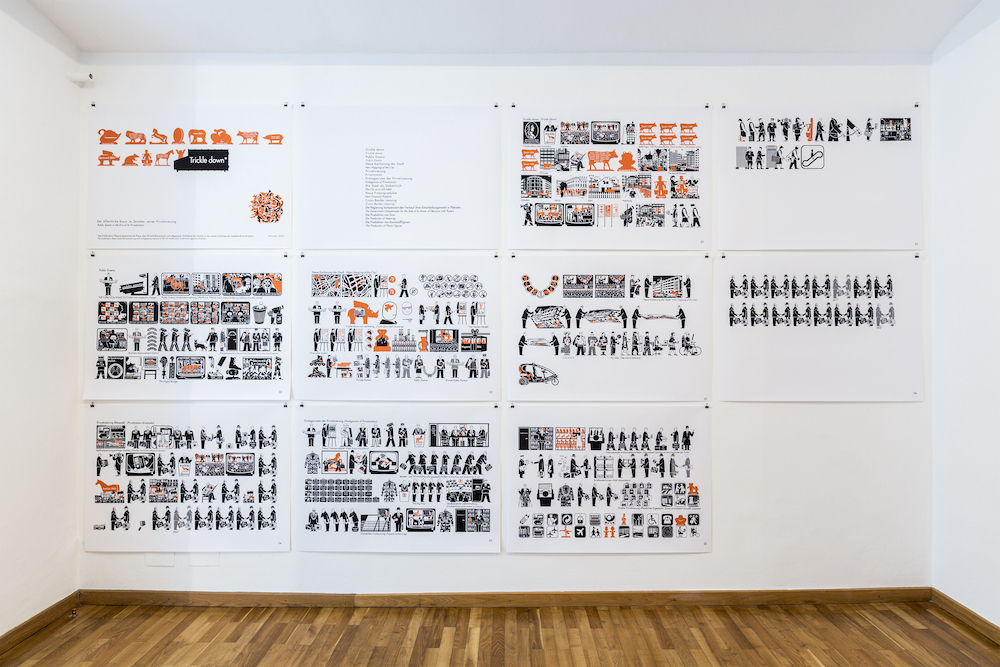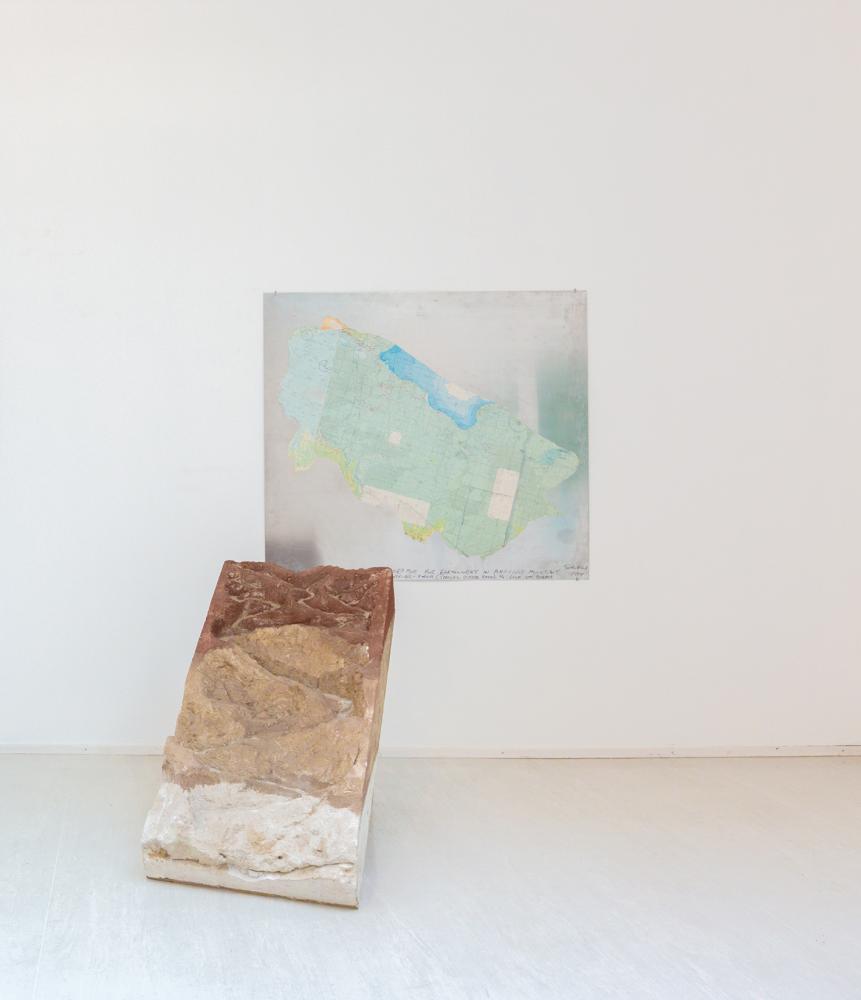Lombardi—Kargl curated by Thomas Locher
„On Signs and Bodies“
21.9. - 25.10.2012
Press release 

Lombardi—Kargl, Schleifmühlgasse 5, 1040 Vienna
BOX, Schleifmühlgasse 5, 1040 Vienna
PERMANENT, Schleifmühlgasse 17, 1040 Vienna
www.lombardi-kargl.com 1998-2023
www.georgkargl.com
BOX, Schleifmühlgasse 5, 1040 Vienna
PERMANENT, Schleifmühlgasse 17, 1040 Vienna
www.lombardi-kargl.com 1998-2023
www.georgkargl.com
Curator(s):
Thomas Locher
More 

* 1956 in Munderkingen, lives and works in Berlin and Copenhagen Thomas Locher is an artist and curator with roots in the neoconceptualism of the 1980s. His continual interest in language and its relation to writing can be placed at the interface of textuality and visuality; he has also always been interested in the subject and its relation to the object. In his work he has dealt with the German constitution and with human rights and their reality, their concepts, postulates and historical and ideological basis. He has also looked into peripheral economic issues by way of topics such as barter and gift, fetishism of commodity objects as well as terms such as loan, credibility or work.
Artist(s):
-
Peter Fend More*1950 in Ohio, USA
-
Matt Mullican MoreMatt Mullican was born in 1951 in Santa Monica, California and studied at California Institute for the Arts in the early 1950s. His work, discussed widely internationally, refuses general art categorizations and classifications. Since the end of the 1970s, he has been concerned intensely with performances under hypnosis. In the state of trance, Mullican has since then represented the other person about whom he is thinking in his work, and tries to trace out the relationship between artistic work and processes of projection. In so doing, at issue is not a subjective psychoanalytic process, but a typical situation in which action takes place within a context of significant symbols. In the 1980s the development of a complex sign system stood at the center of Mullican’s interest, which claimed to be an comprehensive cosmology. In engaging with the signs, pictograms, and images that surround us in everyday life, pictograms, and images expanded through products of fantasy, Mullican generates by way of repetition, contextualization, and mutual references a highly complex personal language system, with which he tries to grasp his cosmology in models. Encyclopedic, utopian, universal, cosmological are only some of the terms that obtrude in this context. Since the late 1980s, he has also used newer technologies to develop and represent this cosmology, like the computer and the Internet. In the virtual media space, in so doing city-like ordering systems emerge as models of cognitive perception, or as models of changing perspectives on various layers of perception that the artist symbolizes using color. Matt Mullican’s works have been shown at numerous international art institutions like Pirelli HangarBicocca, Milan (2018), Kunstmuseum Winterthur (2016), The Hammer Museum UCLA (2014), Haus der Kunst, Munich (2011), Metropolitan Museum (2009), Biennale Sao Paulo, ICA, Philadelphia, Centre Georges Pompidou, Paris (2008), Georg Kargl Fine Arts, Vienna (2007, 2000), Bolzano’s Museion, Museum Ludwig in Cologne (2006), Lentos Museum in Linz (2005), Documenta, Kassel (1982, 1992 and 1997).
-
Costa Vece More*1969 in Herisau/CH
-
Andreas Siekmann More*1961 in Hamm, Germany
-
Gianfranco Baruchello More*1924 in Livorno, Italy
-
Henrik Olesen More*1967 in Esbjerg, Danmark
-
Yael Bartana More*1970 in Afula, Israel
-
Clegg & Guttmann MoreThe artist duo Clegg & Guttmann (both born in 1957) has now been working for thirty years with a notion of art that can be understood as a “social communicative” process, whereby they not only engage with specific urban spaces, but the structure of publicity itself. The term Spontaneous Opera refers to those objects that can primarily be considered events. In contrast to this, the term Social Sculpture subsumes objects in a broader sense. A third classification of their projects is their categorization as Community Portraits; here they are considered intentional actions, where at issue is representation. These three terms do not stand for essential qualities of the work itself, but for the various postures of their producers or receivers. Some Clegg and Guttmann projects are recontexualizations of others, in one of the many meanings of this term. Site and mode of presentation place their work in a discursive art context that distinguishes it from purely social intervention and locates them on the dividing line between social-political action and artistic sculpture. Their most important works in public space were Die offene Bibliothek in Graz (1991), Breaking Down the Boundaries between Art and Life, the New School for Social Research, New York (1995), Die sieben Brücken von Königsberg, Duisburg (1999), A Monument for Historical Change, Rosa Luxemburg Platz e.V., Berlin (2004) and the Sieben Künste von Pritzwalk, Potsdam (2014). Their works have been shown in numerous exhibitions, most recently at MUMOK Vienna and Schirn Kunsthalle Frankfurt (2010), Kunsthaus Graz (2011), BAWAG Contemporary Vienna (2012) and Kunstverein Brandenburg (2015). In addition, their works can also be found in numerous international collections.
-
Anna Oppermann Moreborn 1940 in Eutin, died 1993 in Celle, Germany
-
Katya Sander More*1970 in Kopenhagen, Denmark
-
Dierck Schmidt More*1965 in Unna, Germany
-
Stephen Willats More*1943 in London, GB
Photos
Andreas Siekmann: Trickle down, Der öffentliche Raum im Zeitalter seiner Privatisierung
ink on graphic paper, einundzwanzig mal 84 × 118,8 cm
Courtesy Georg Kargl Fine Arts, Vienna



